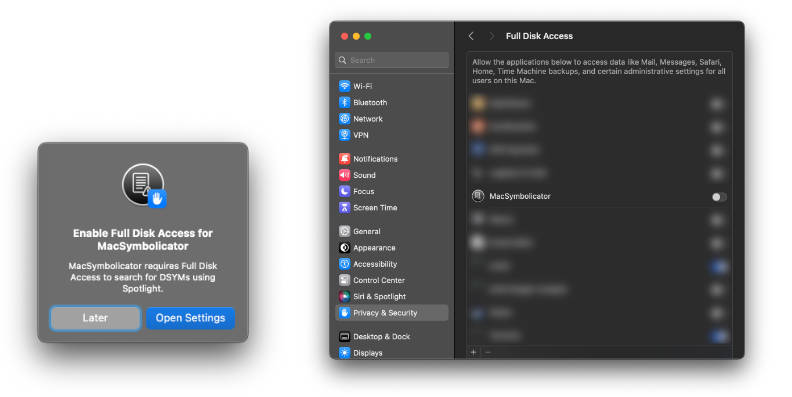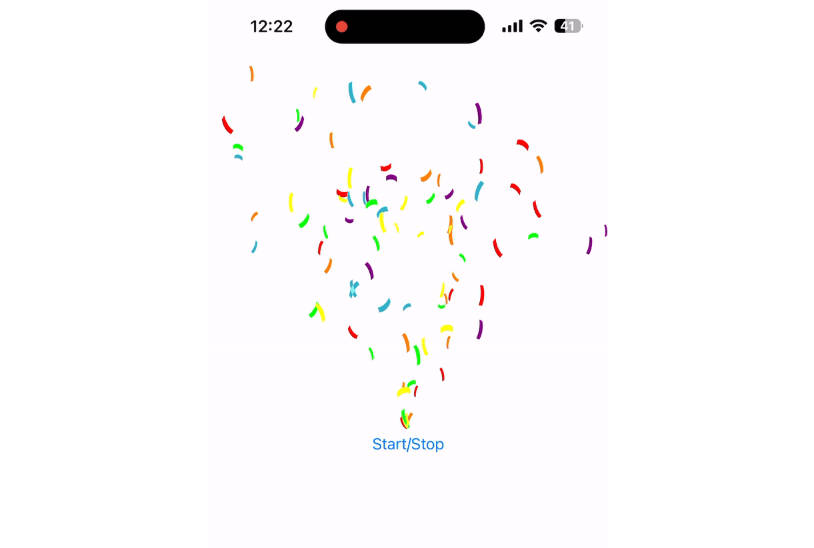DeepSwift
DeepSwift is a Swift library for differentiable programming without compiler magic. The “low level” API to write new differentiable types looks as follows:
struct Foo : Layer {
/*
typealias Input = Float
typealias Output = Float
typealias Adjustment = Float
typealias AuxiliaryData = Float
*/
func inspectableApply(_ input: Float) -> (result: Float, auxiliaryData: Float) {
//...
}
func adjustment(input: Float, auxiliaryData: Float, gradient: Float) -> (adjustment: Float, backprop: Float) {
//...
}
mutating func move(_ adjustment: Float) {
//...
}
// optional methods
func apply(_ input: Float) -> Float {
//...
}
func auxData(at input: Float) -> Float {
//...
}
func backprop(input: Float, auxiliaryData: Float, gradient: Float) -> Float {
//...
}
}
This is really all you need in order to implement backpropagation. Here’s what the individual methods do:
inspectableApplyshould produce a “result” which should be equivalent to theapplymethod. Additionally, it can produce auxiliary data. In case of a loss function, this should be the derivative so we can feed it into backpropagation. In all other cases, auxiliary data should be considered a layer-internal type that nobody except the layer itself cares about.adjustmentis called after you produced a result using inspectableApply and you got feedback on how “good” your output was. This feedback is expressed as the parameter calledgradient, and you can think of it as a requested change to the output you delivered. The job of theadjustmentmethod is to translate this change to the output to a change of this layer and the input to this layer. Intuitively, you need to estimate here how much a small change in the input or in the layer parameters would have changed the output – and then compare that to the requested change in the output. Often, one can work out a reasonable mathematical answer for that using tools with intimidating names like “calculus” or “derivative”.moveis is responsible for actually carrying out the change.
The other methods have default implementations, but I recommend to implement at least backprop so you get a speedup when freezing this layer.
Note: The Layerprotocol requires Input and Output to conform to Movable – that is, they have to provide a move method too. The gradient in adjustment/backprop will be of type Output.Adjustment, and the returned backprop value will have type Input.Adjustment.
And here’s how the three mandatory methods work together:
extension Layer {
mutating func learn<Loss : Layer>(examples: Input, loss: Loss) where
Loss.Adjustment == Void,
Loss.AuxiliaryData == Output.Adjustment,
Loss.Input == Output {
let (result, derivative) = inspectableApply(examples)
let (adjustment, _) = adjustment(input: examples, auxiliaryData: derivative, gradient: loss.auxData(at: result))
move(adjustment)
}
}
If you want to implement pure layers, there’s a Function protocol that will not ask you to implement a move method. Instead, you are required to specify that the Adjustment type is NoAdjustment<Scalar> with an appropriate scalar type.
While DeepSwift leaves the design of concrete layers and optimizers and the implementation of efficient numerics to other (downstream) repos, DeepSwift provides the high level API that you need so you can write:
struct MyModel : Learner {
var body = SomeLayer() |> SomeOtherLayer() |> ThirdLayer()
}
Note
This API is in its infancy and therefore subject to rapid changes.




